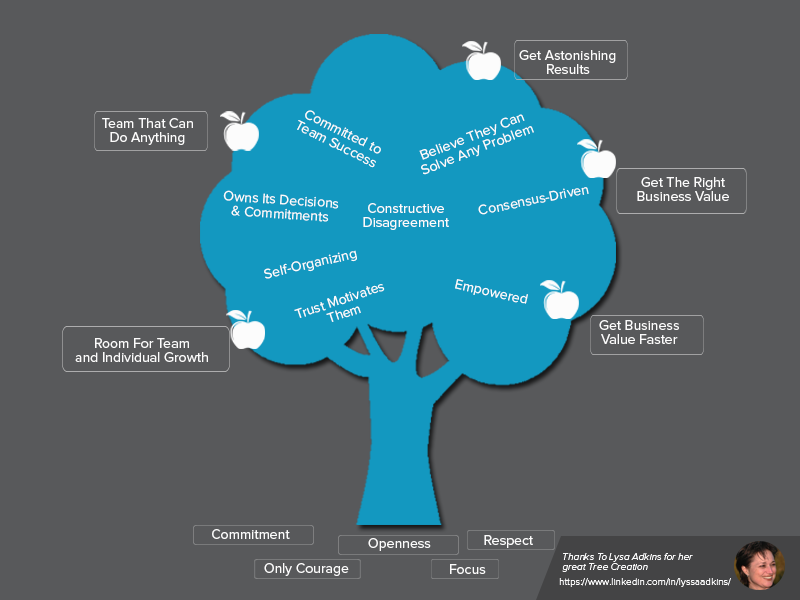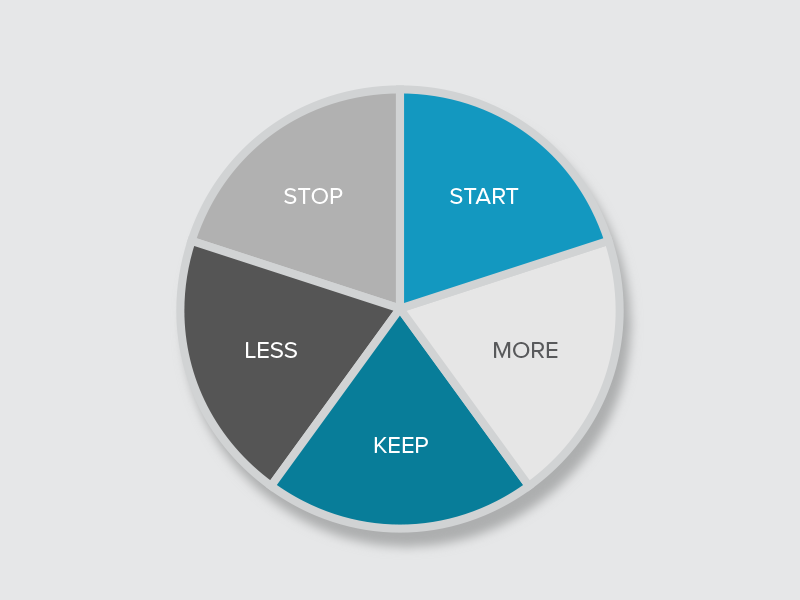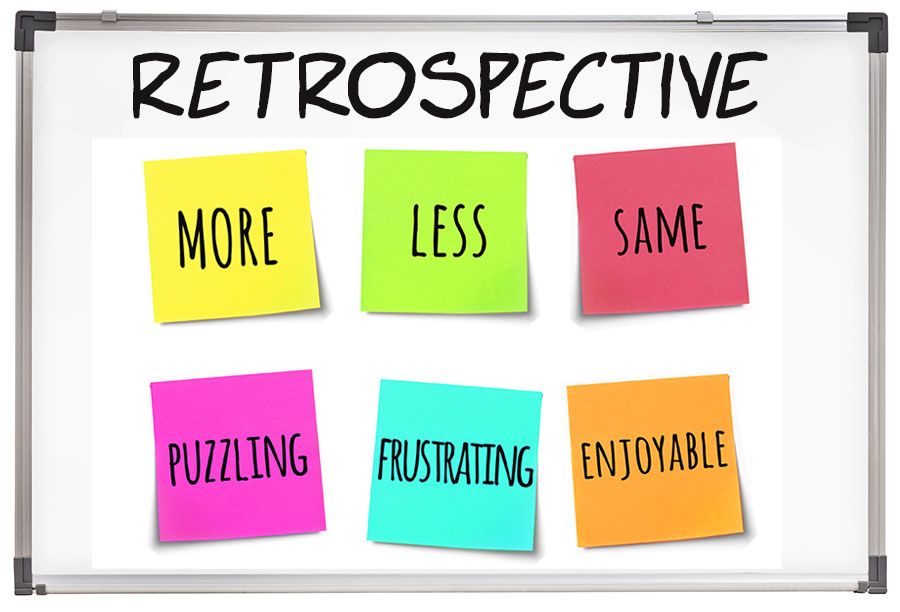What are Sprint Retrospectives?
First, sprint retrospectives are the final component in a sprint. They are held after the sprint review and before sprint planning. In other words, you can think of this meeting as the team’s lesson(s) learned meeting. In the first five minutes of the meeting, each team member will work to answer the following questions:
First, try to identify what went well in this sprint. One might say communication was good throughout the sprint – you felt as if you knew where everyone was in their tasks throughout its entirety.
Next, list out areas that are in need of improvement. For instance, they might suggest adding a manual quality check by a member of the QA team for all frontend changes after an incorrect colored logo was released to a production store.
After listing what went well and what could be improved, each person should list their lesson or lessons learned in the sprint.
Last, your team will need to identify what actions will need to be taken or tasks to be completed in the next sprint.
What worked well?
First, try to identify what went well in this sprint. One might say communication was good throughout the sprint – you felt as if you knew where everyone was in their tasks throughout its entirety.
What could be improved?
Next, list out areas that are in need of improvement. For instance, they might suggest adding a manual quality check by a member of the QA team for all frontend changes after an incorrect colored logo was released to a production store.
What did we learn in the sprint?
After listing what went well and what could be improved, each person should list their lesson or lessons learned in the sprint.
What actions need to be taken?
Last, your team will need to identify what actions will need to be taken or tasks to be completed in the next sprint.
Try Out These Different Sprint Retrospectives
Sprint Retrospective 1: The Sailboat
Sprint Retrospective 2: The High Performance Tree
Next, the High Performance Tree starts as all trees do: at the roots!
To start, you can kick this one off by drawing the 5 “roots” of the tree that act as visual metaphors to their respective Scrum values (Commitment, Openness, Respect, Courage, Focus).
Next, you and your team members share their beliefs of high performance traits, which are “leaves” in the tree.
Last, you select “fruit” or the characteristics that the team will endorse.
Sprint Retrospective 3: The Starfish
Sprint Retrospective 4: Post-It Notes
In Conclusion
In short, sprint retrospectives are useful for development teams that want to improve processes.
As a final point, if you’re working on a long-term project, you can regularly rotate the format of your sprint retrospectives to spice things up.
Resources & Further Reading
Why You Need a Retrospective Every Sprint by Professional Scrum Trainer, Andrzej Zińczuk (scrum.org)
Cohn, M. (n.d.). Sprint Retrospective. Retrieved October 26, 2020, from https://www.mountaingoatsoftware.com/agile/scrum/meetings/sprint-retrospective
What is a Sprint Retrospective and How to Run it? ” Geekbot blog. (2019, March 29). Retrieved October 26, 2020, from https://geekbot.com/blog/what-is-a-sprint-retrospective-and-how-to-run-it/
What is a Sprint Retrospective? (n.d.). Retrieved October 26, 2020, from https://www.scrum.org/resources/what-is-a-sprint-retrospective




